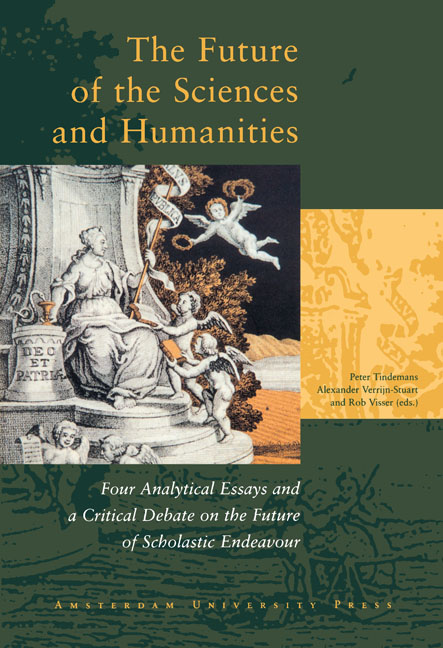 The Future of the Sciences and Humanities
The Future of the Sciences and Humanities Published online by Cambridge University Press: 03 February 2021
ABSTRACT. In developing their models of the world, the sciences have traditionally drawn on two general approaches. One regards the world as the result of historical events and contingencies, whereas the other portrays it as the consequence of systematic constraints and regularities. The comparative merits of these approaches have been the subject of a long debate in intellectual history. This debate has been conducted in different contexts and terms, however, so its unity has hitherto not been appreciated. The debate was pursued in one form in the nineteenth-century German discussion of the methods of the human sciences; in another form, it has been pursued in recent controversies about the role of natural laws and historical contingency in the life sciences. The aim of this essay is to demonstrate the continuity of the debate between the two approaches over the past 150 years, to study its evolution, and to draw lessons from it for new resolutions of the outstanding issues.
INTRODUCTION
How does the world come to have the structure that it has? Answering this question is traditionally regarded as a central aim of the sciences. To tackle it, the sciences have developed two fundamental and general approaches which suggest the form that the answer should take. In one approach, the structure of the world is a result of contingent historical events and processes. In the other approach, it is a consequence of constraints and regularities that are general and necessary. I shall call these the historical and the structural approach, respectively.
Each of these approaches has impressive achievements to its credit. Each appears natural and compelling in certain domains of inquiry. Our view of art, for example, is based largely on the premise that artworks spring from unpredictable human creativity, and that they can be fully understood only by retracing the contingent evolution of the artist and of society. Our modern understanding of the cosmos, by contrast, rests largely on the assumption that laws of nature provide an invariant framework within which the universe unfolds.
The two approaches have a long history. They can be discerned in the philosophies of Plato and Aristotle. They are even more clearly visible in the two world views that have most shaped modern Western culture: the Enlightenment notion of a rationally ordered world and the Romantic ideal of the Promethean self-development of the individual.
To save this book to your Kindle, first ensure [email protected] is added to your Approved Personal Document E-mail List under your Personal Document Settings on the Manage Your Content and Devices page of your Amazon account. Then enter the ‘name’ part of your Kindle email address below. Find out more about saving to your Kindle.
Note you can select to save to either the @free.kindle.com or @kindle.com variations. ‘@free.kindle.com’ emails are free but can only be saved to your device when it is connected to wi-fi. ‘@kindle.com’ emails can be delivered even when you are not connected to wi-fi, but note that service fees apply.
Find out more about the Kindle Personal Document Service.
To save content items to your account, please confirm that you agree to abide by our usage policies. If this is the first time you use this feature, you will be asked to authorise Cambridge Core to connect with your account. Find out more about saving content to Dropbox.
To save content items to your account, please confirm that you agree to abide by our usage policies. If this is the first time you use this feature, you will be asked to authorise Cambridge Core to connect with your account. Find out more about saving content to Google Drive.